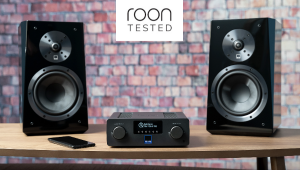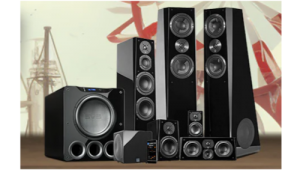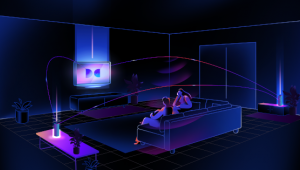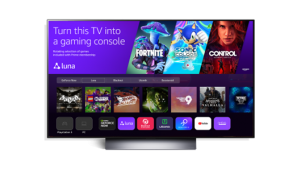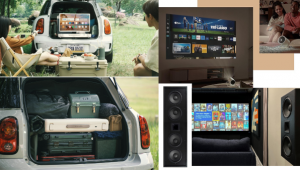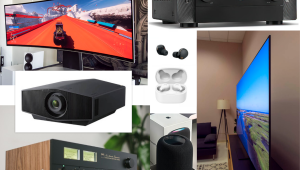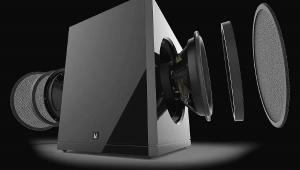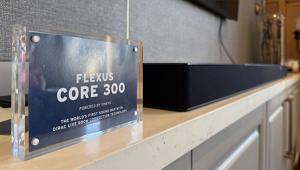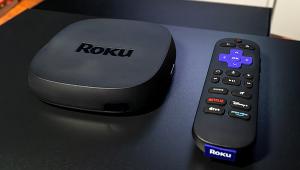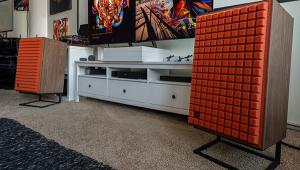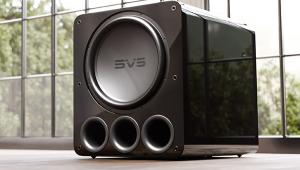HDMI 1.4 Spec Unveiled
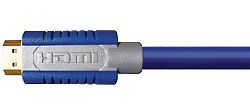
Newly added is a data channel called the HDMI Ethernet Channel. Connected devices can exchange data at 100Mbps, enough for any IP-based application, and devices can share an internet connection. An Audio Return Channel reduces cabling by letting the HDTV, fed with both video and audio streams, pass the audio stream back to an a/v receiver for surround decoding.
There are some new video features, but how much do you care about 3D? Future-proof 4K x 2K resolution is supported, with resolution of 3840 x 2160 (at 24, 25, or 30Hz) or 4096 x 2160 (at 24Hz). This kind of ultra-HD is now emerging in movie theaters. But unless TV makers and Hollywood get on board, this is probably of no help to anyone in the consumer sphere within any kind of predictable time frame. An expanded color space adds sYCC601, Adobe RGB, and Adobe YCC601.
The new Micro HDMi connector is 50 percent smaller than the existing HDMI Mini Connector, has 19 pins, and supports 1080p for portable devices. There is also an Automotive Connection System that delivers HD content in cars under difficult conditions including heat, vibration, and noise.
Saving the most controversial item for last, the authorized varieties of HDMI cable are, quoting directly from HDMI.org:
Any other claims made by cable manufacturers should be taken with a grain of salt.
What the new spec doesn't include is any enhancement for existing video standards used in HDTVs and software, topping off at 1080p, or any new surround sound codecs, all of which are enabled by HDMI 1.3. So unless you want any of the new stuff described above, you don't need HDMI 1.4. It's nice to have but will not make your existing a/v gear obsolete in terms of its delivery of bedrock HDTV and surround standards. So stop worrying.
See press release at HDMI.org.
- Log in or register to post comments







